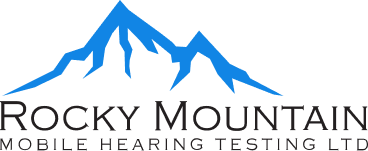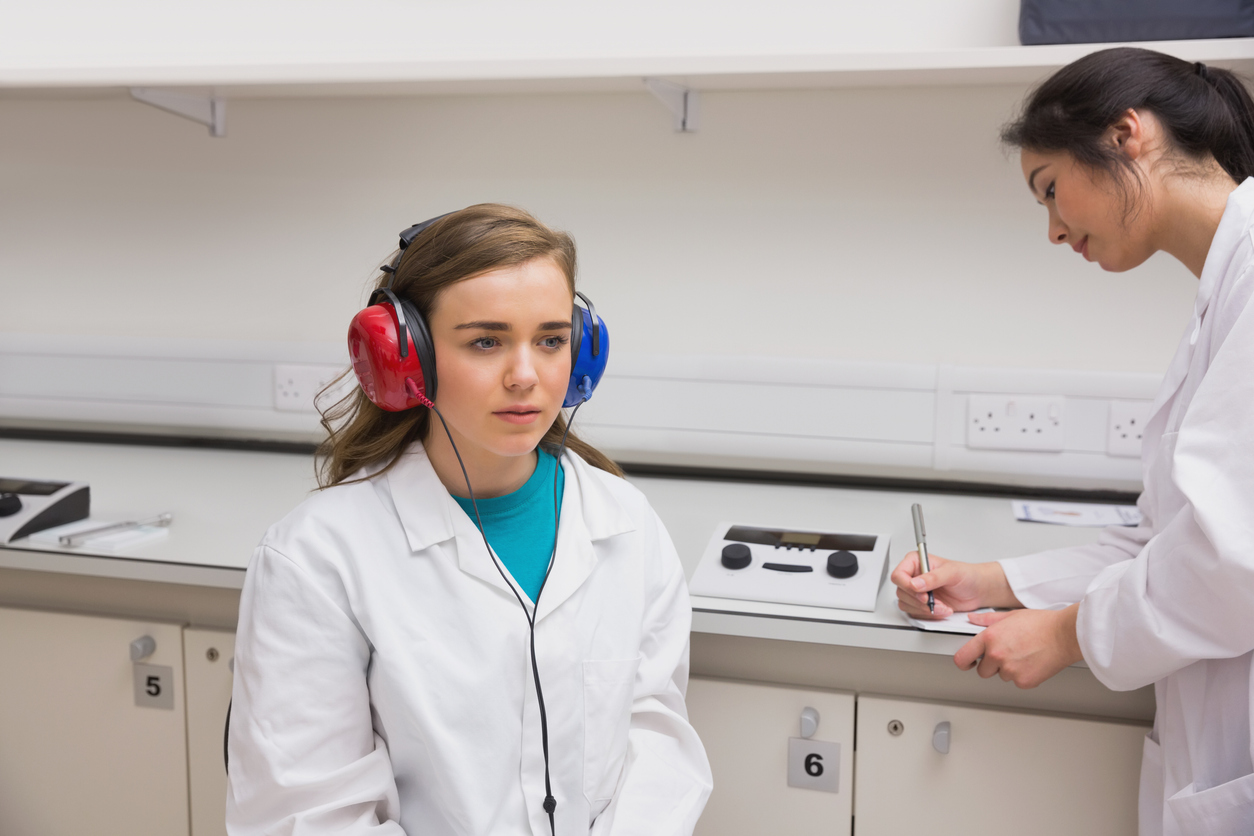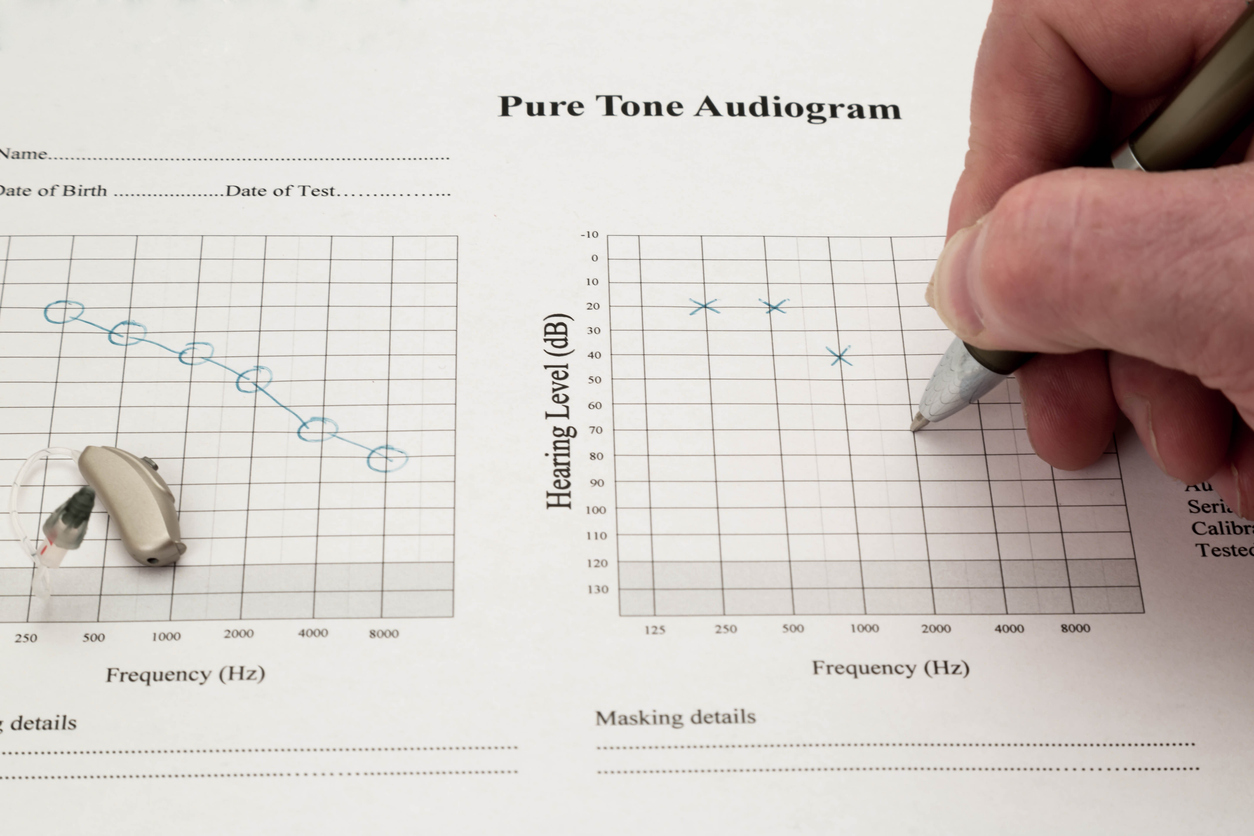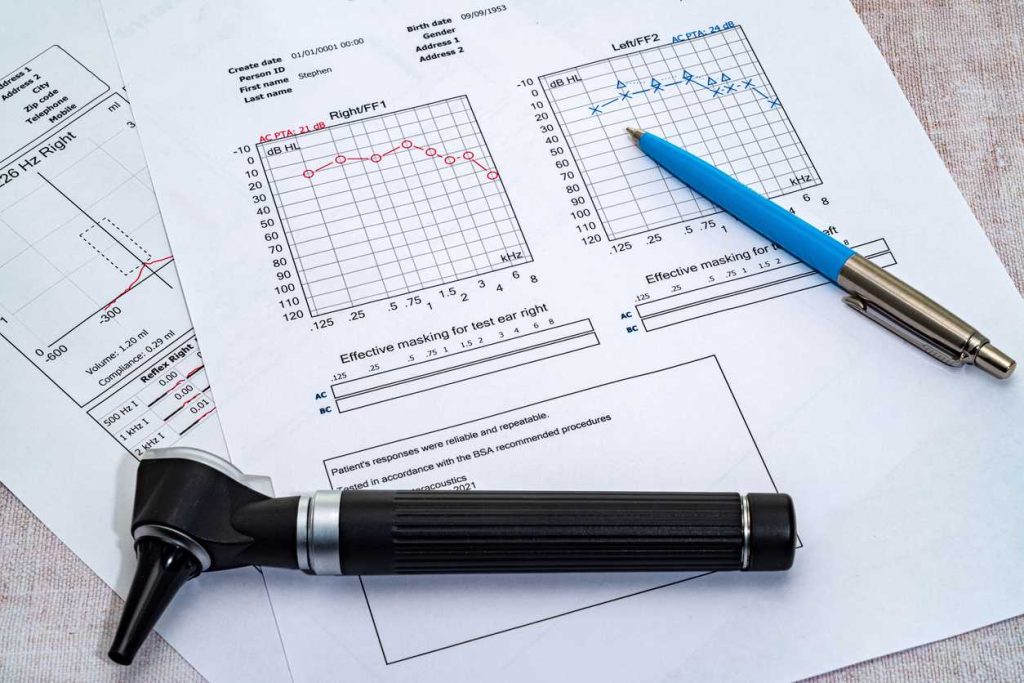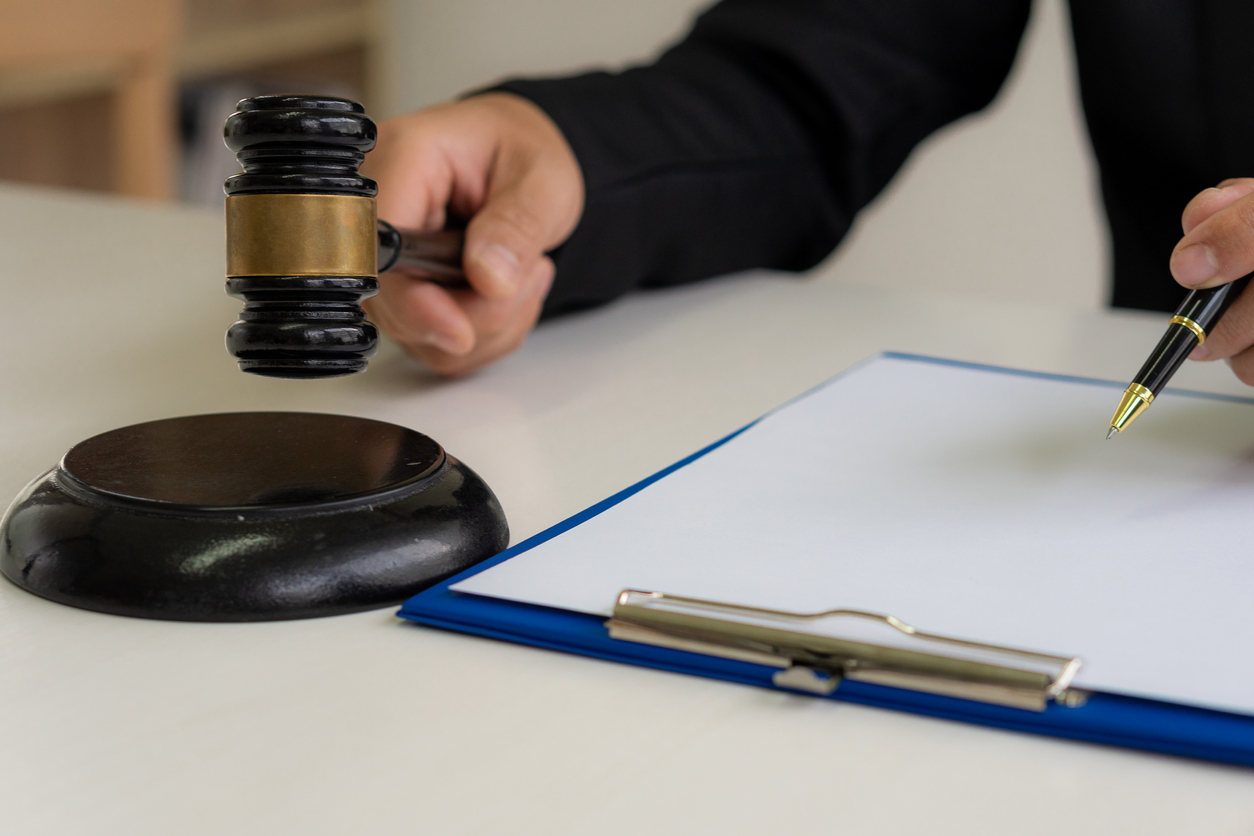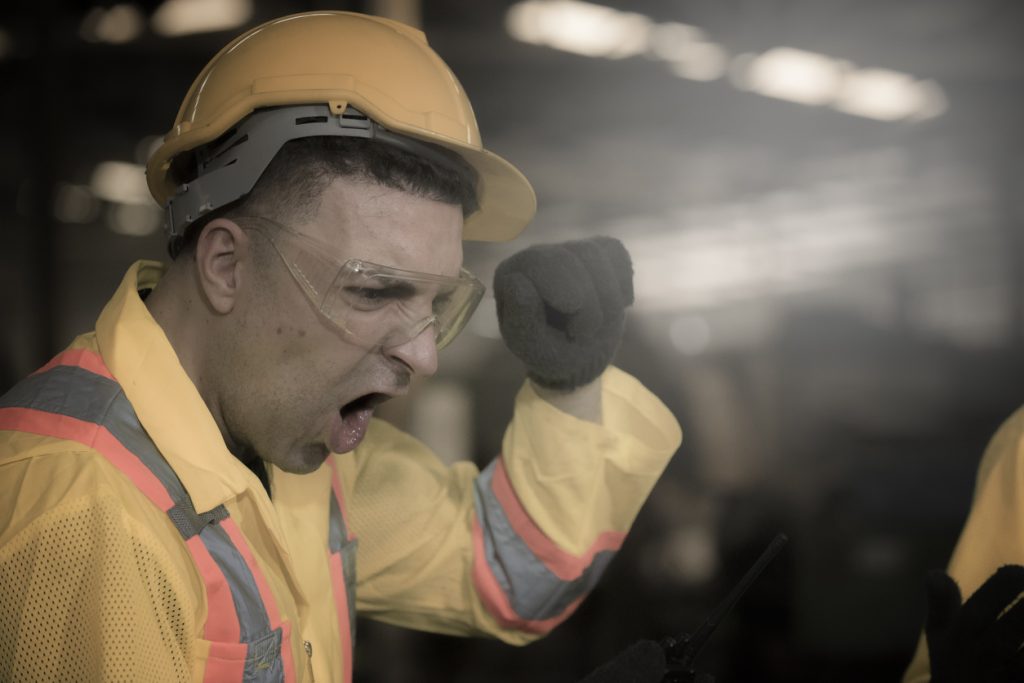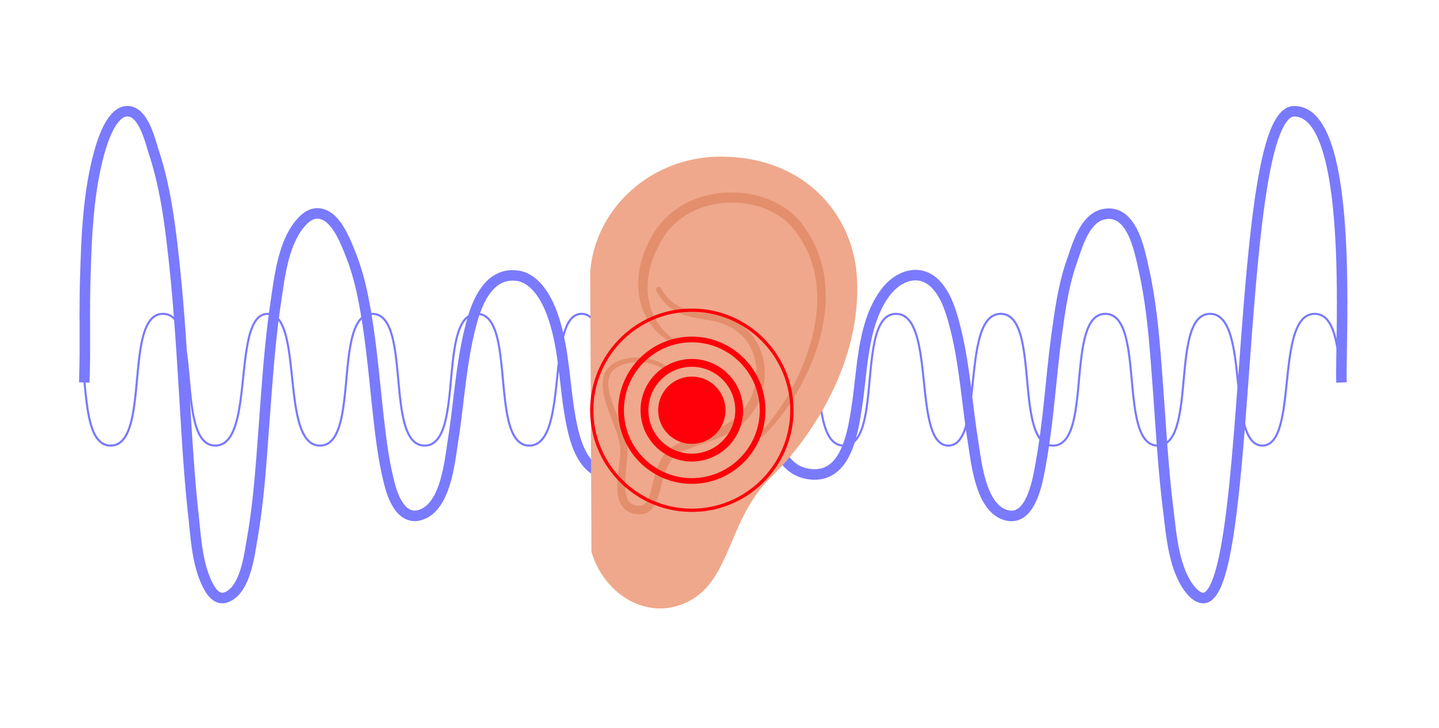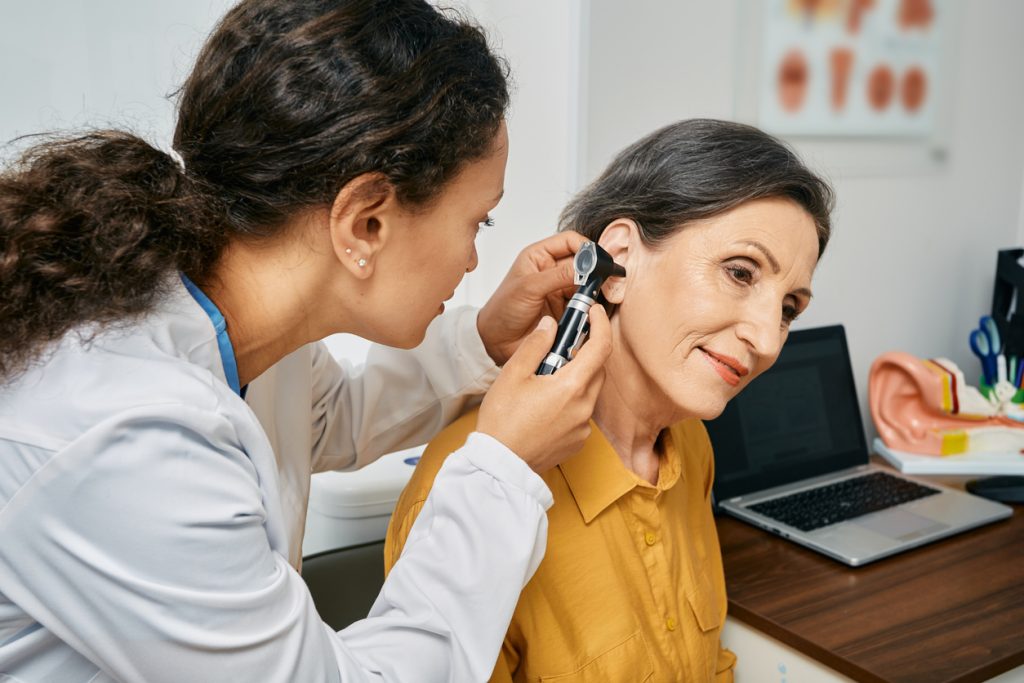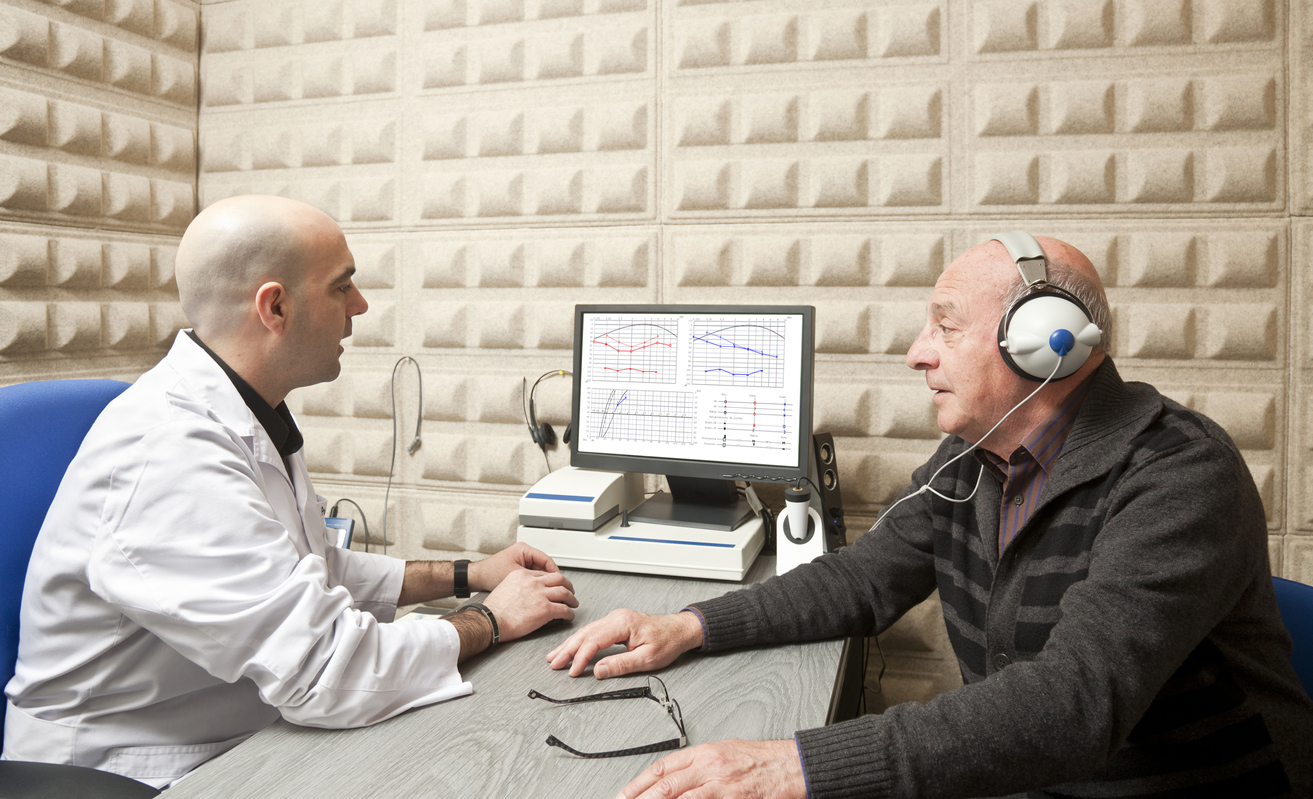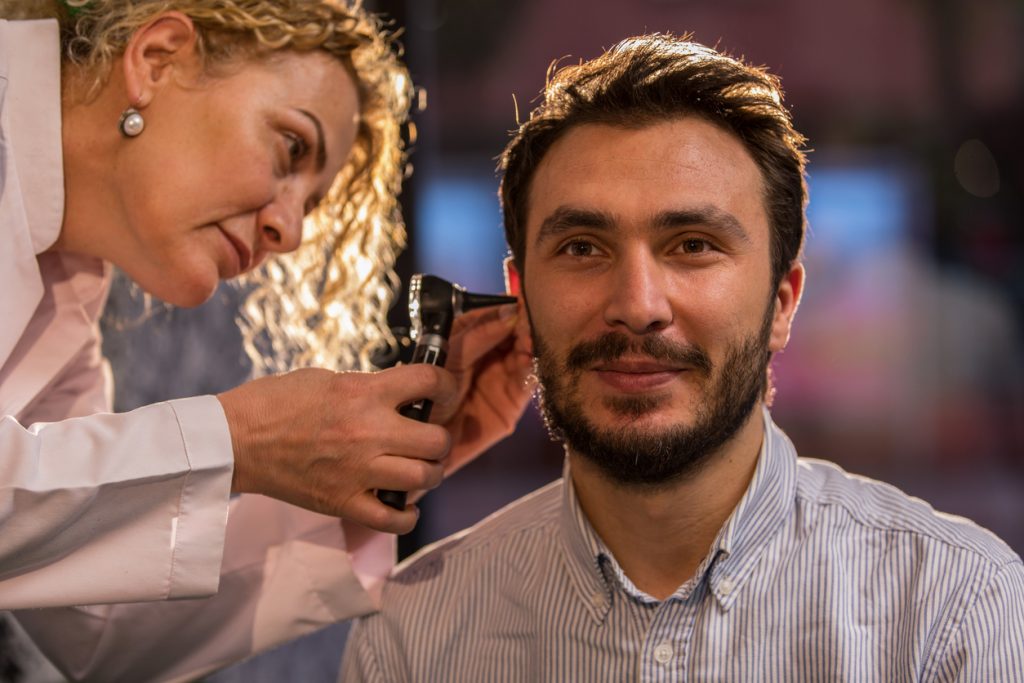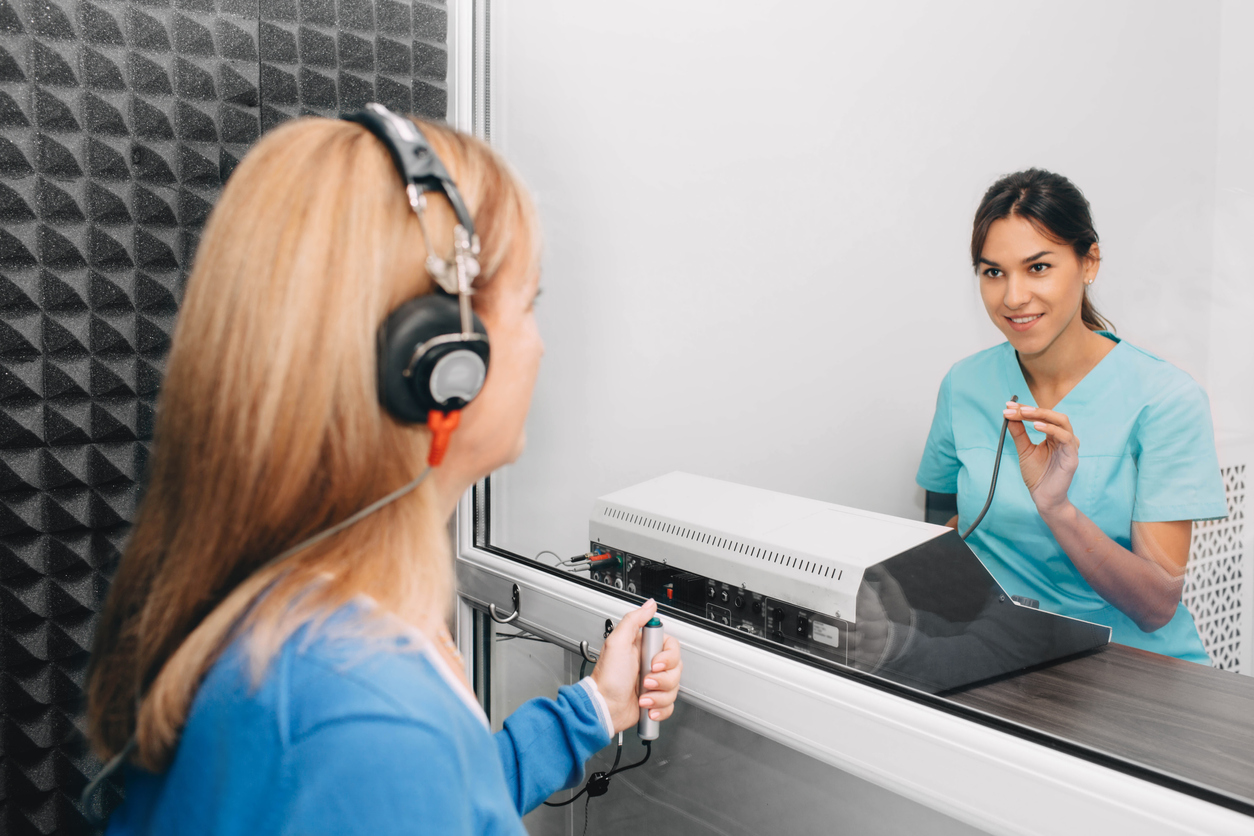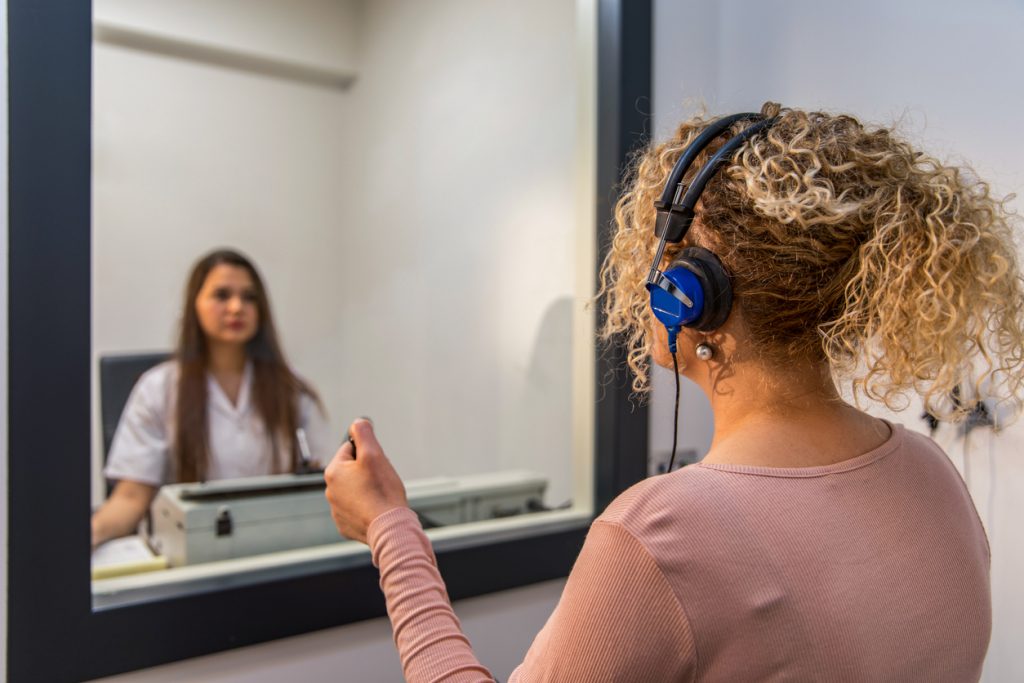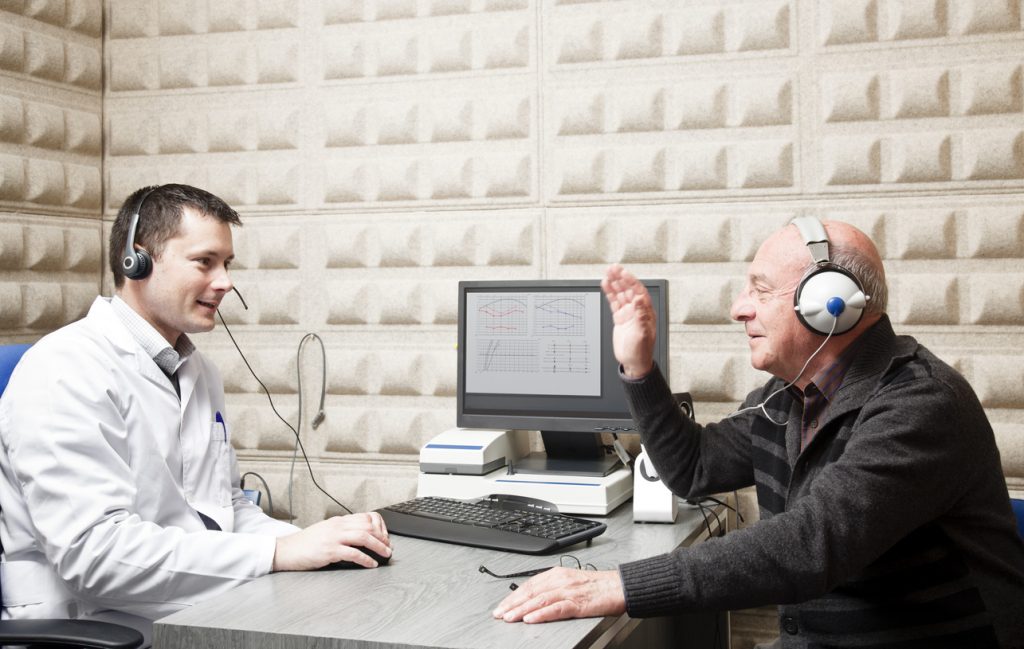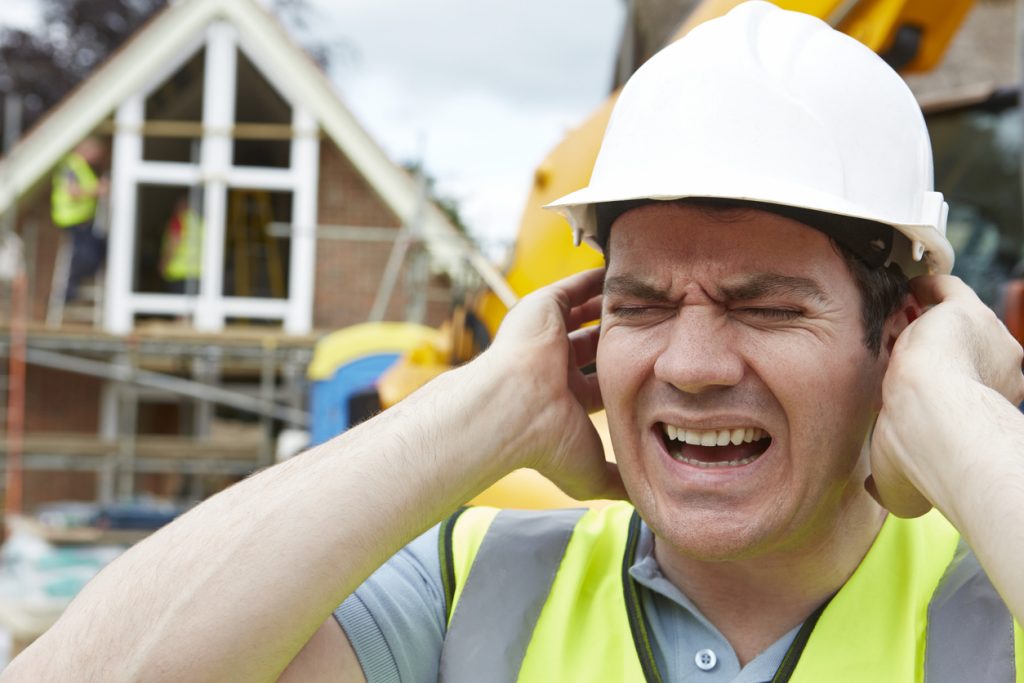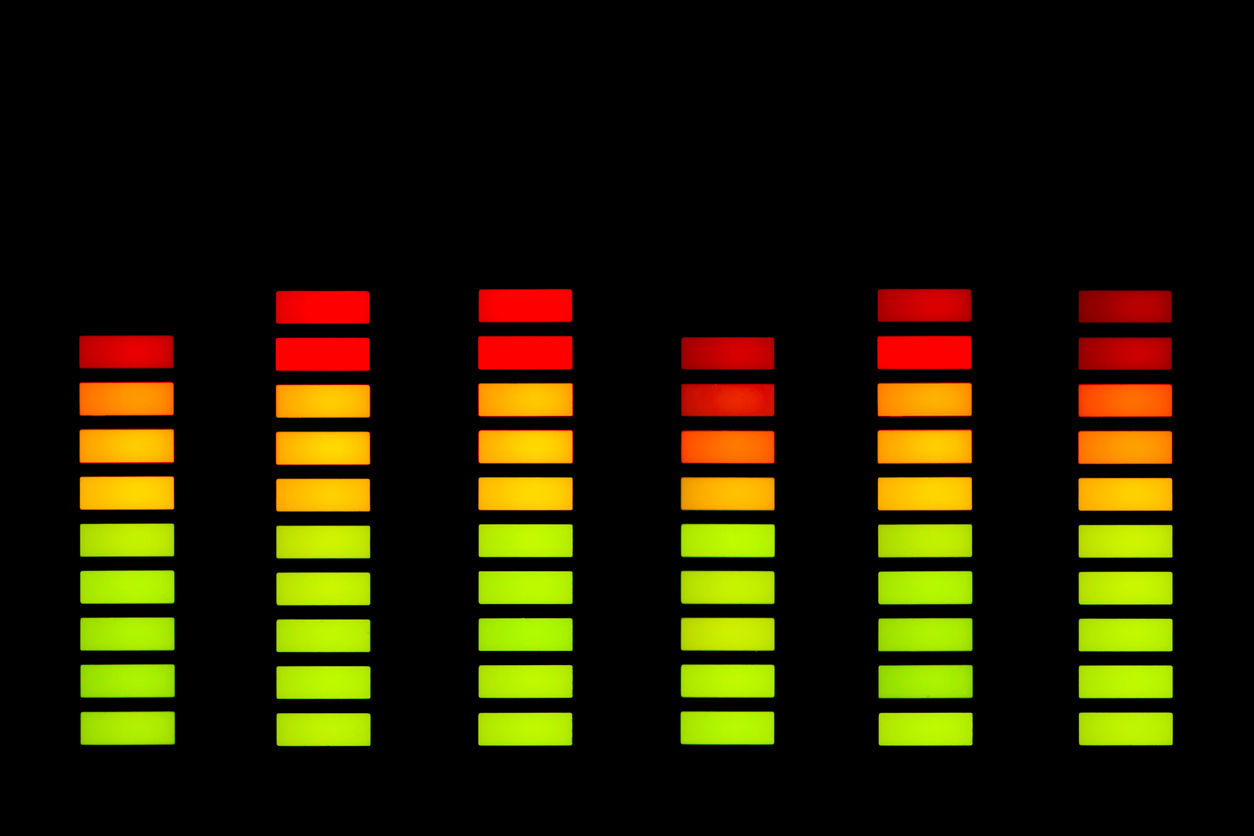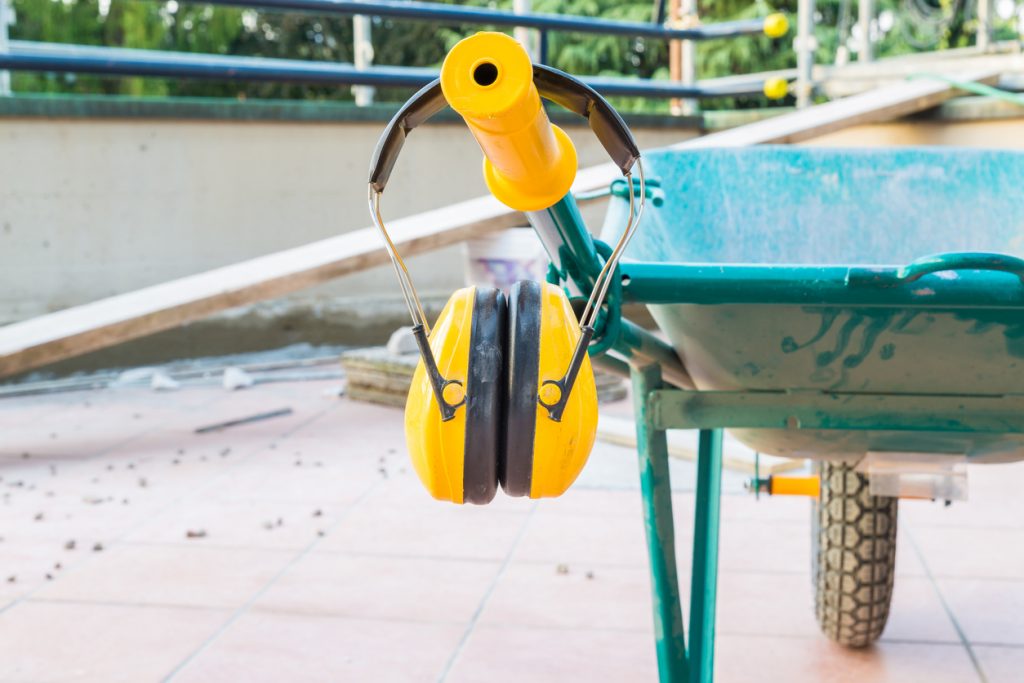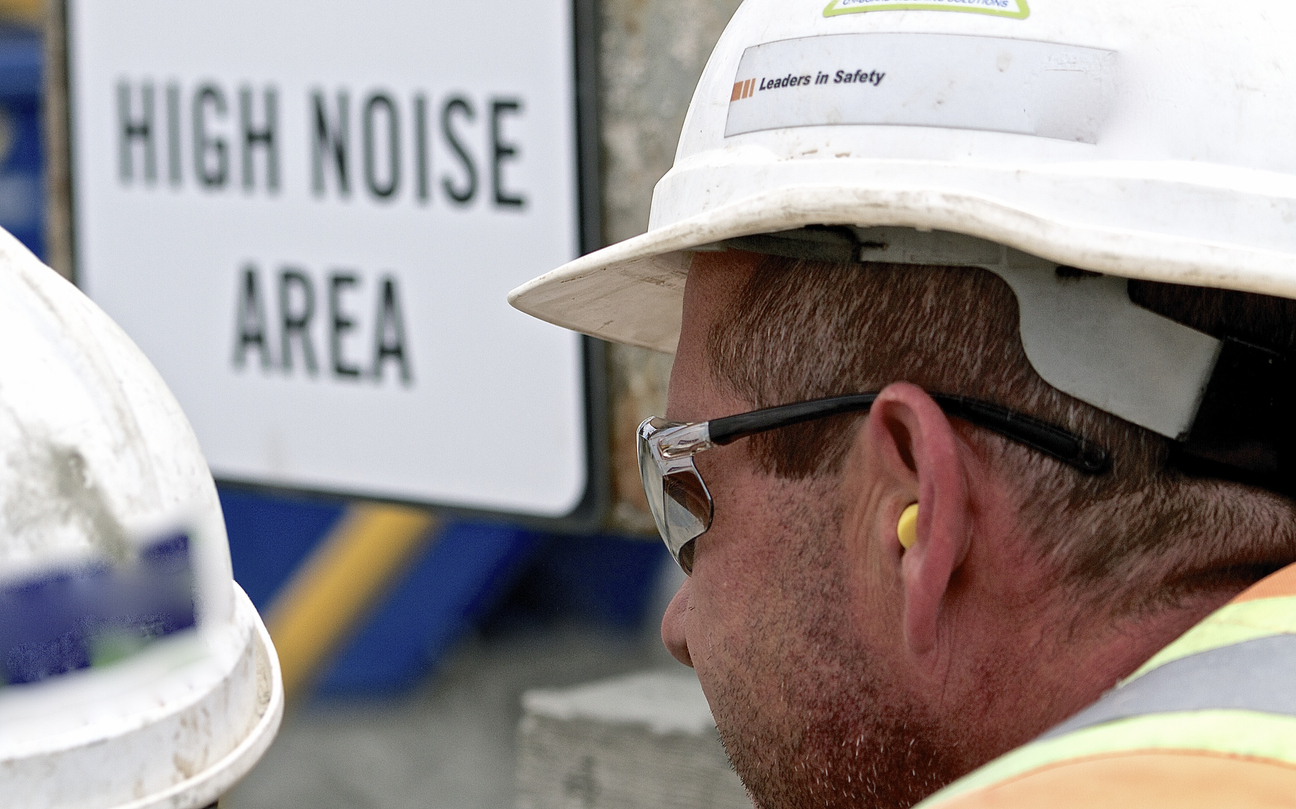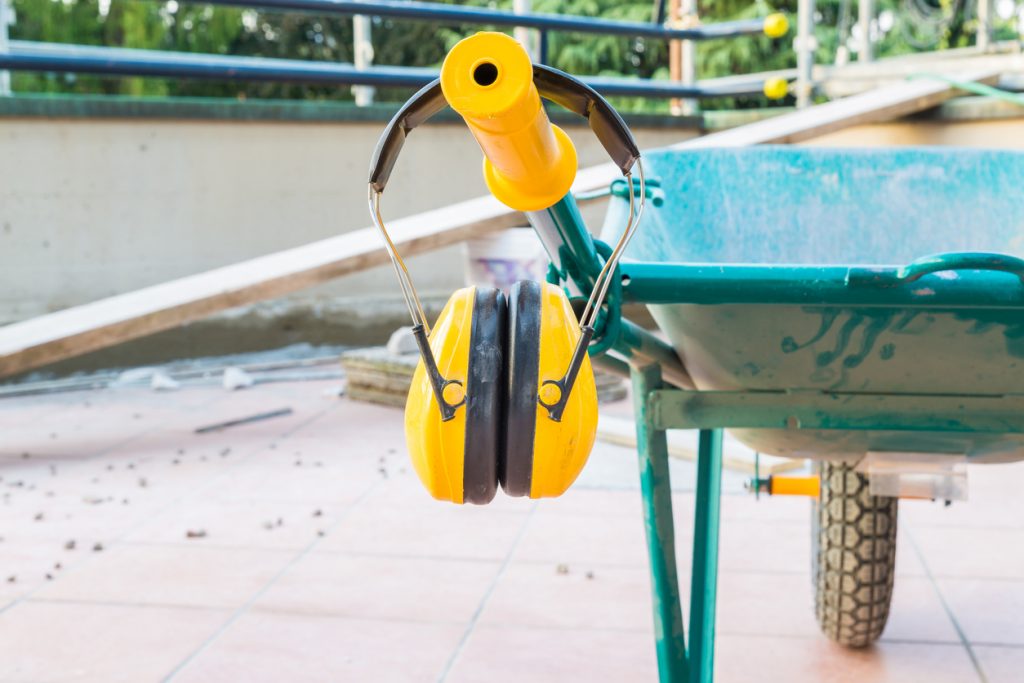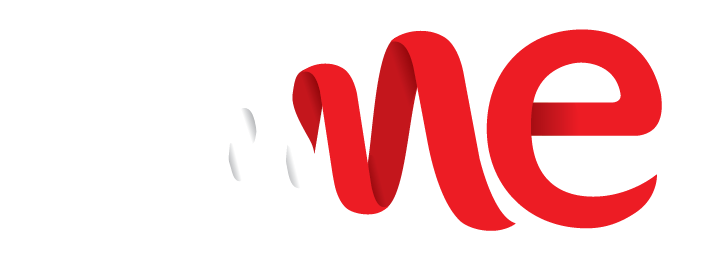Hearing is an integral part of health. It plays a significant role in the five senses and can help direct individuals’ thoughts, elucidate their ideas, and improve productivity at home and at work. It’s also very central to someone’s enjoyment of life. While a person’s work is essential to making a living, that work can’t directly interfere with someone’s health, which is why occupational health and safety have been written into law.
A common issue is hearing loss that develops over time, potentially disabling someone’s career by affecting not only their work performance but also their very health and enjoyment of life. There are many causes of hearing loss (most commonly, age, but also reactions to medication and infection). Undoubtedly, it’s important for employers to facilitate audiometric screenings for employees – to help determine whether the loss of such a vital part of a person’s health was preventable and whether it occurred directly as a result of noise-induced by job site activities.
Noise Is an Occupational Hazard
Hearing loss is often caused by imperceptible shifts in hearing as a result of sustained noise above healthy levels. The fact is, it’s not easy for a worker to know when damage has occurred since your hearing can be elastic, and sustained, excessive noise can permanently curtail your hearing’s elasticity.
As a result, there needs to be a way for a company to determine who is at risk for hearing loss and what their level of risk is to avoid unintentionally damaging their health. At this point, the best course of action, and one required by Alberta OH&S, includes regular audiograms at the workplace to prevent any adverse outcomes from occurring. Fortunately for employees and employers alike, hearing loss from occupational noise forms distinctive patterns on audiograms.
Further Hearing Problems Can Result from Occupational Noise-Induced Hearing Loss
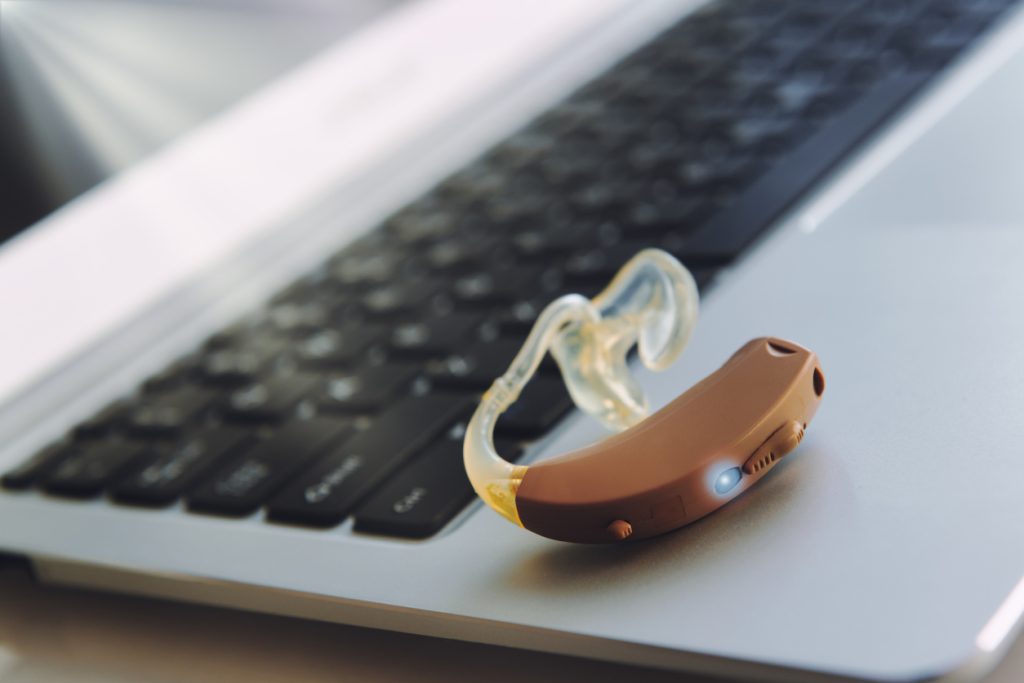
Moreover, occupational hearing loss can lead to unintended consequences. Sometimes there’s more than noise damage to the inner ear, which is why it’s important to catch it early and prevent further damage. Damage to the ear can lead to more problems, paving the way for a variety of ear illnesses that include tinnitus and vertigo.
More advanced hearing loss can become more pronounced in people exposed to occupational noise-induced hearing loss. Severe cases can require proactive management by an ear doctor every three years or so or every six months during infection. In addition, hearing aids may be recommended by an audiologist based on the individual’s lowered hearing ability.
It’s better to preserve hearing wherever possible, and noting when the first signs of hearing loss appear can enable employers to keep things from worsening. Periodic workplace hearing tests can bridge that gap and keep everyone accountable, so workers are safe at the workplace, and so that a company operates within code.
Rocky Mountain Mobile Hearing Testing is your locally owned and operated Calgary business. We are committed to providing mobile hearing testing services and other safety tests to numerous industries and companies in Western Canada. Our services are part of the WorkSafeBC Provider Network, while our sound booths are approved by the CSA. We offer audiometry testing, mask fit testing, custom earplugs, noise measurements, help with implementing a hearing conservation program, and spirometry testing. If you want to improve your workplace, leave it in the hands of our team. Contact us today at (403) 399-4775.
